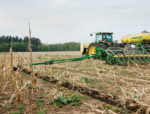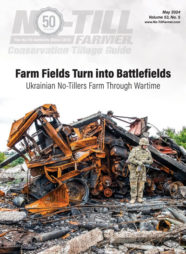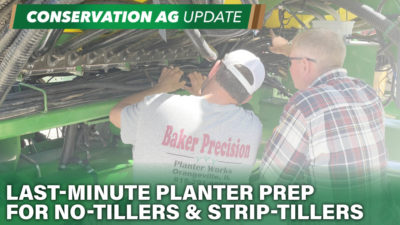Advertise Follow Us
Items Tagged with 'chloride'
ARTICLES
No-Tillers Ready to Make Slight Cuts with Fertilizer
After increasing per-acre spends on fertilizer in 2014, no-tillers will try to trim expenditures mostly through cuts to soybean applications.
Read More
7th Annual Benchmark Study
High Yields Help No-Tillers Stay in the Black
Even as grain prices continued their slide, 8 in 10 no-tillers had a profitable 2014, and most plan to keep investing.
Read More
When Do Crops Need Nutrients?
Whether it’s nitrogen credits, sidedressing, soil and tissue sampling or crop fertility, Ray Ward shares his no-till expertise on feeding crops.
Read More
There’s More To Soil Fertility Than N, P And K
Mastering the A, B, Cs of soil fertility means managing nitrogen, phosphorus and potassium first, then taking care of secondary nutrients and micronutrient levels, a soil-testing expert says.
Read More
Apply The Right Amount Of Fertilizer
Soil samples and testing, and determining the amount of nutrients removed by the no-tilled crop, are just some of things you need to do when fertilizing.
Read More







